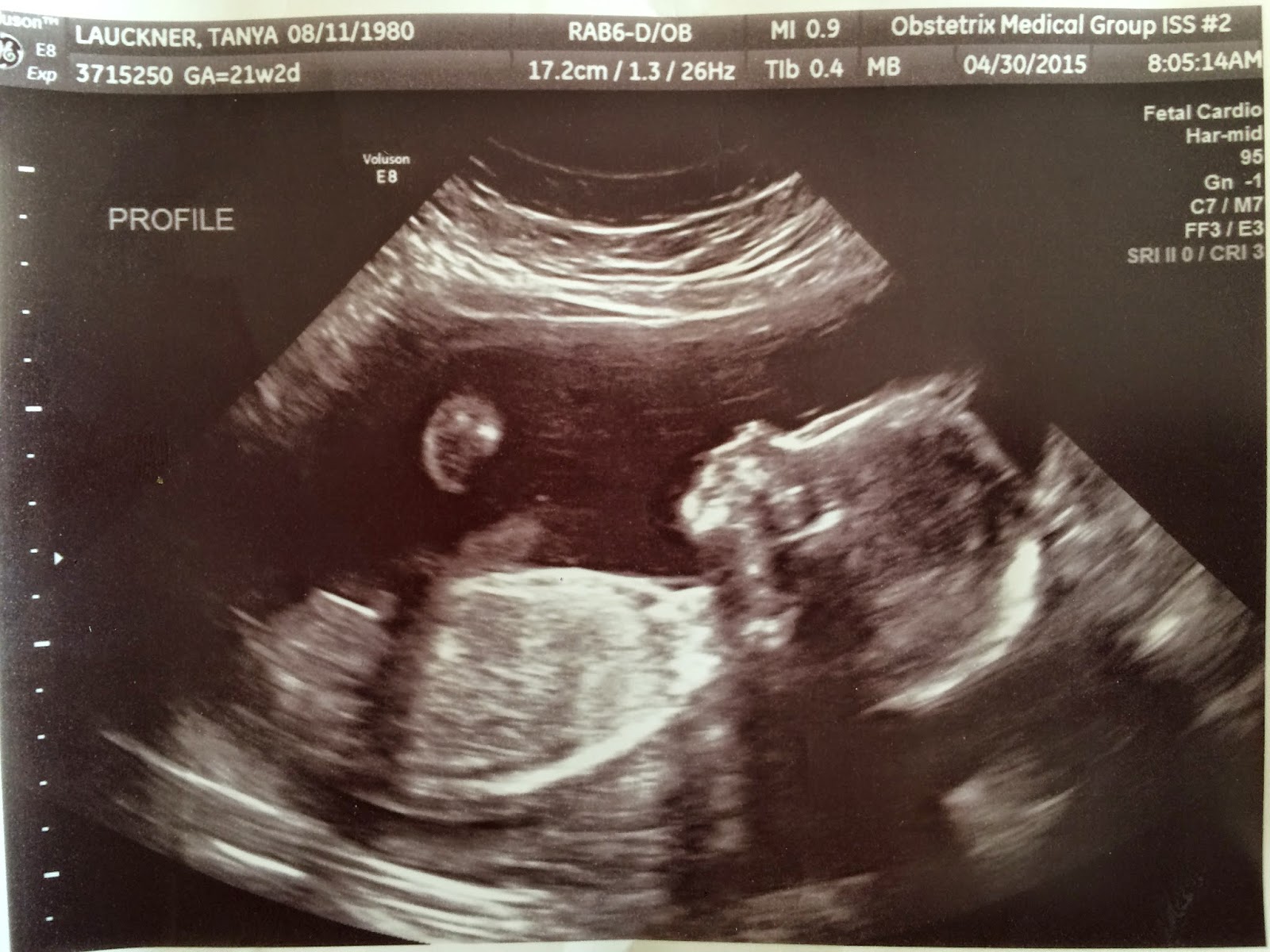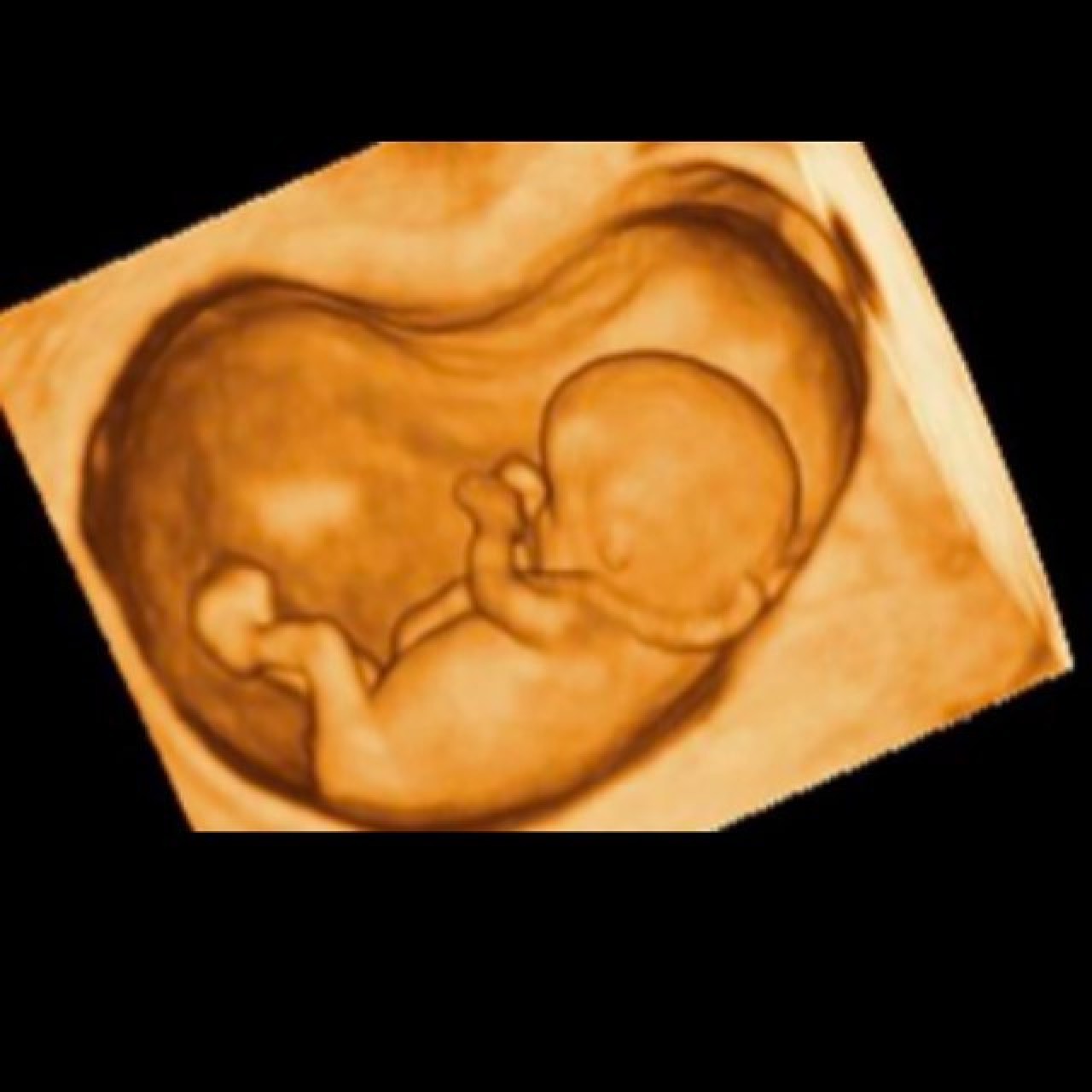

Ovaries classically have a slightly hypoechoic echotexture compared to surrounding tissue and a "chocolate chip cookie" characteristic due to peripheral, anechoic follicles. The adnexa also includes the fallopian tubes connecting the uterus and ovaries, both of which should be carefully evaluated as they are the most likely locations of ectopic pregnancies. In the adnexa to either side of the uterus, the right and left ovaries classically lie between the lateral uterine wall and the internal iliac vessels, a relationship more likely altered in multiparous women. Distal to the cervix is the vaginal canal, which appears as a hyperechoic line when viewed with a transabdominal transducer. The uterus has a hyperechoic stripe in the center of the fundus and communicates with the cervix. Women may also have anteflexed, retroverted, retroflexed uterine orientations. In most women, the uterus is anteverted, which indicates that the uterus is superior/posterior to the bladder and anterior to the rectum, with the uterine fundus more anteriorly oriented. The uterus is bordered by the bladder anteriorly and the rectum posteriorly. However, ultrasound exams before ten weeks are common and can still be used as accurate assessments for most necessary clinical determinations. However, if any high-risk features (advanced maternal age, twin pregnancy, etc.) or clinical concerns are present (irregular menses, vaginal bleeding, etc.), more than one ultrasound may be performed at the clinician's discretion, with the first ideally in the late first trimester between 10+0 and 13+6 weeks. First trimester ultrasounds are not a requirement for all pregnancies to confirm viability. If only one ultrasound can be performed during pregnancy, it should be performed in the mid-second trimester (18 to 22 weeks) to detect fetal anomalies and growth abnormalities. Pregnant women will typically have at least one ultrasound during their pregnancies. In the United States, approximately one-third of pregnant patients utilize the ED at least once during their pregnancy. Though home pregnancy tests are increasingly popular, some women may discover they are pregnant for the first time in the outpatient setting.

Complications arising from pregnancy are frequently-encountered complaints in emergency departments (EDs) and prenatal clinics. Ultrasonography is a commonly used tool to evaluate the status of pregnancy.


 0 kommentar(er)
0 kommentar(er)
